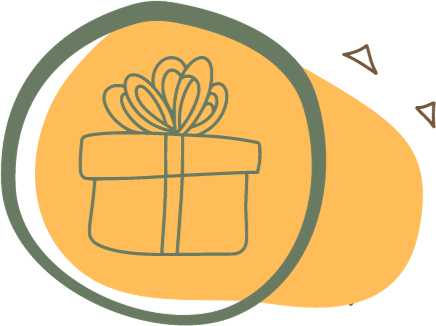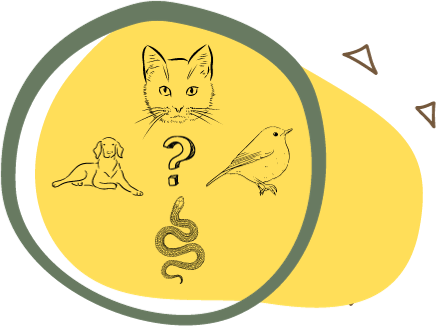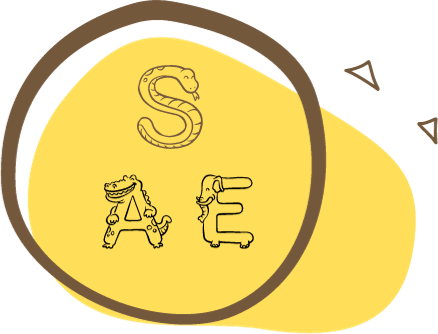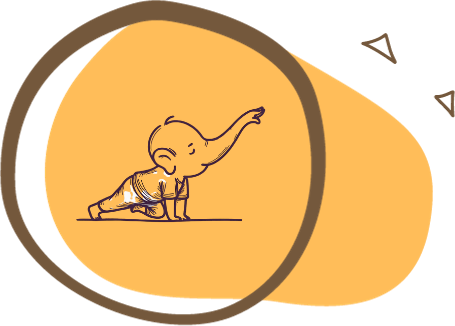Education & Therapy
Endorsed by the Adler Institute for its effectiveness in parenting, Animal Cards & Tales is extensively utilized by therapists focusing on child and adolescent development. This innovative tool is also embraced by numerous schools and preschools, where it significantly enhances meaningful engagement and learning among children
Group activities
- Choose an Animal Card to provide daily guidance for your group or class, or to offer insights in response to a relevant topic, dilemma, or question.
- Try asking: “What advice do the cards have for me about…?” avoid any future predictions and yes or no questions.
- Read the story and it’s message and talk about how it relates to our lives or to the topic you wish to explore.

Gift Exchange:
Each person in the group chooses an animal card to give to another participant and tells them why they think that particular animal suits them. (“I want to give you the gift of strength from the tiger or the joy of the monkey, etc.”)

Animal Secrets:
Divide the children into different animals secretly. Everyone starts moving around the space, making the sound and movement of the animal assigned to them . All the participants need to identify other animals like themselves and form matching groups. Each group can listen to/read the story of their animal and have a discussion about it.

Who Am I?:
Attach an animal card to the back of each child using tape or a sticker. Divide them into pairs, and each child must identify the animal on their back through yes or no questions from their partner. Afterward, you can listen to the story of the animal.

Guess who:
In pairs or in a circle, one child thinks of their favorite animal while their partner or other group members ask yes or no questions to identify which animal they chose. It’s important that the answers do not give away the choice too clearly or quickly. Afterward, you can share a story about the chosen animal.

Animal Me:
Lay out the animal cards in the center of the circle. Each participant chooses the animal they feel the most connected to and shares with the group why they chose it. Then, you can listen to the story of the chosen animal.

Movement and Sound:
Each participant selects an animal and presents it to the group through movement and sound. The participants guess their choice.

Draw Me:
Each participant selects an animal card, looks at it for a few seconds, then closes their eyes and draws the animal. Afterward, they show their drawings to the group, and the group tries to guess which animal they attempted to draw.

Animal and Letter:
Each person says their name and the name of an animal that begins with the same letter. The next person repeats what the previous person said and adds their own name and animal, and so on. If someone gets stuck, start over from the beginning.

Animals in Groups:
Choose four animals and have the children organize themselves into group. based on which animal they feel they are most similar to in terms of personality traits. Then, in groups, answer the following questions: How are you similar to the chosen animal? In what ways are you different from it? What can you learn from the animal? Finally, you can read the story of the chosen animal from the book.

Draw & Tell:
Read a story about an animal and then have the children draw the animal and/or its story.

Animal gestures:
Each child chooses an animal card and makes up a gesture to represent it (e.g., elephant – holding an arm in front of the face like a trunk). Sit or stand in a circle, and each child takes their turn saying the animal’s name along with the gesture and everyone repeats it. Continue until everyone has had a turn.









